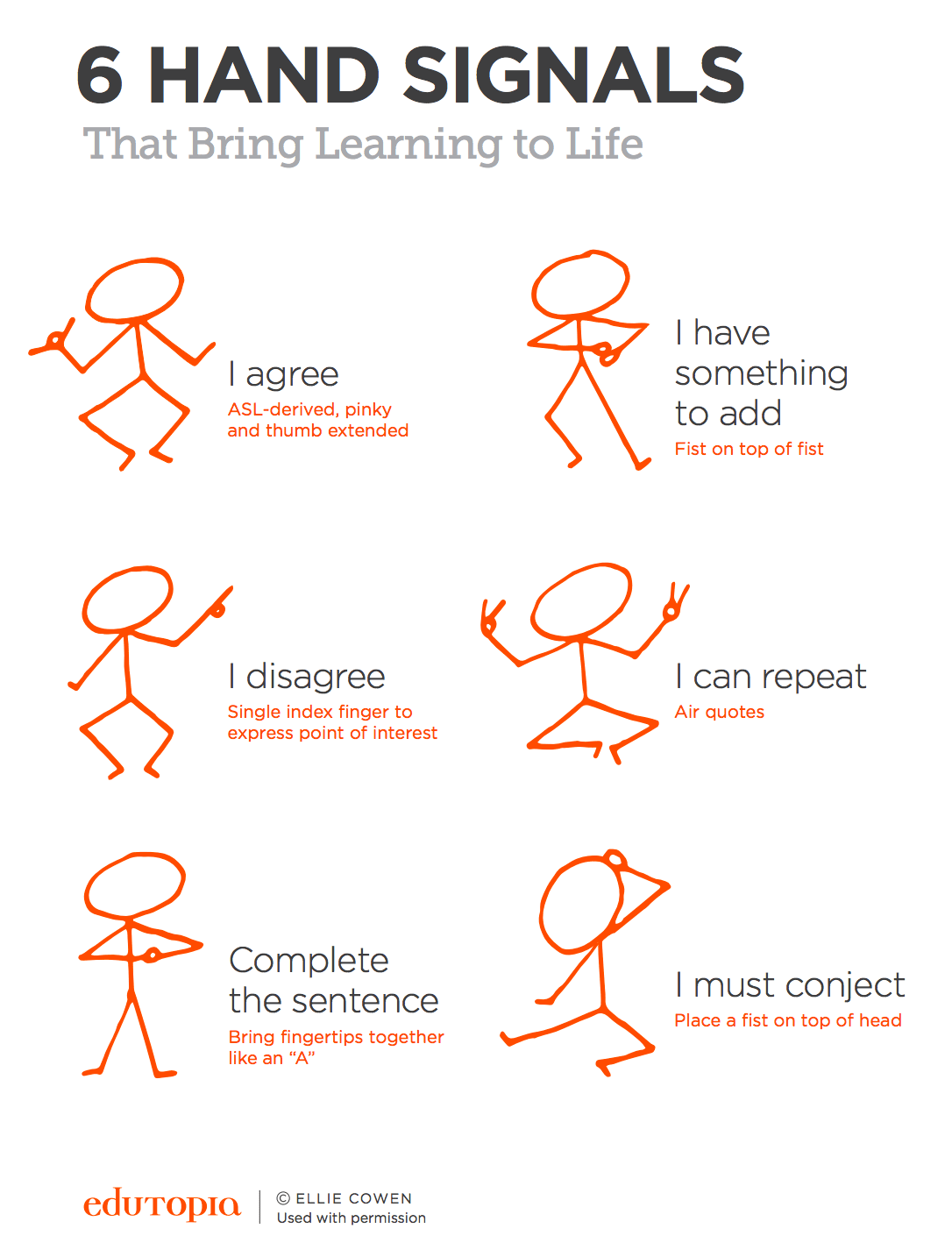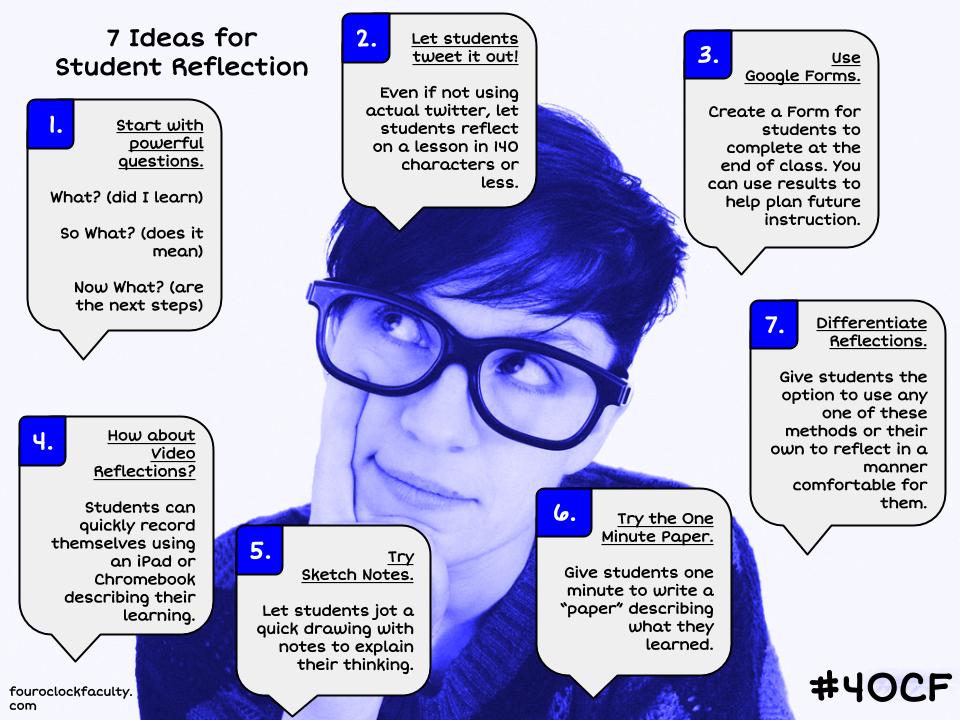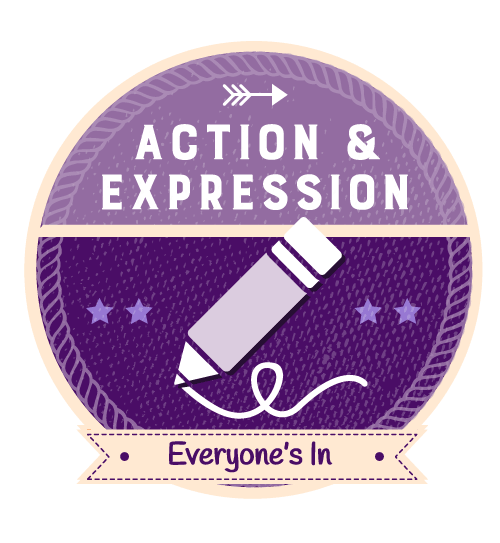Principle 3
Action and expression
- How will all students participate and demonstrate their knowledge?
The action and expression principle in UDL is concerned with how we plan, organise, create, and demonstrate understanding. All students differ in the ways that they are able to navigate a learning environment and express what they know. They need access to multiple pathways and flexible supports to demonstrate their understanding.
Offer options and supports to all so that everyone can express and share what they know.
Take a minute to think about the options for expression that you already give your students.
Now let’s take a closer look at some of the ways students may be able to express themselves in your classroom.
Choosing strategies to support action and expression
Think of your students and what might be needed so that everyone will be able to demonstrate their knowledge and expertise.
Each of the strategies below offers ways to support action and expression. The list is not exhaustive — rather it’s a sample of ideas to get you thinking about what you do already and what you could do differently.
Explore the strategies by viewing the videos and reading the descriptions. When you find a strategy that will work in the {{ other || plan }} you are planning, click to add it to your inclusive plan.
Regardless of the students in front of you, expect and plan for variability. Providing choices to students enables them to be active in the learning process and increases engagement.
It is important to remember that students require support when selecting between options. In order to make good choices, they need to understand what each option involves. This needs to be intentionally taught.
Choice menus or choice boards help to do this. These can be in hard copy, such as a tic-tac-toe option board, or virtual, such as an online board. Symbaloo, for example, allows you to create a board on the cloud that your students can access and that holds thumbnails of any website or app that is available for them to use.
There is a wealth of options available for students to present work or express their understanding. Students can demonstrate knowledge by creating a digital product such as a brainstorm, a website, a voicethread, a comic strip, or a screen cast. They can have choices to create non-digital products too, such as an essay, a skit, a composition, an artwork, a poem, a list, or a model.
There are a number of free web apps that encourage literacy at all levels.
Read and Write for Google, for example, provides an excellent text prediction program. This encourages literacy in reluctant writers and reduces key strokes for students with limited mobility.
It also has a picture dictionary, a translate function, and text-to-speech and speech-to-text functions. These supports are useful for a wide spectrum of students and are certainly not limited to students with additional needs. Some will benefit from being able to have their oral response recorded in text, others from being able to hear their own writing read out to them.
Using non-verbal actions can help to guide and support oral learning conversations. The image below outlines six actions teachers can encourage students to use to help have productive class discussions.

These actions help student to:
- Revoice – a teacher or student restates something another student has just said and asks if their restatement is correct (for example, “So you think it will float because it is filled with air. Is that right?”)
- Request a repeat – the teacher asks a student to repeat something another student has just said (e.g., “Mika, can you repeat what Ro just said?”)
- Draw out students’ reasoning – the teacher uses questions to elicit a student’s thinking (for example, “Do you agree with Mika’s idea about whether the pumice with float? Why do you think that?”)
- Ask for more – the teacher asks students to add to what other students have said (for example, “Does anyone have anything more to add to that?”)
- Use wait time – the teacher slows down the pace of classroom talk and increases ‘wait time’ to create space for students to process, think, and make their own contributions.
- Use physical actions – the teacher sets up silent physical signs so that other students can show they are in agreement with the student talking without interrupting them. This encourages active listening as well as helping to support the student who is talking.
(Adapted from Chapin and O’Connor, 2007)
School 21 in London has an ongoing, traditional focus on oratory that has been reworked through innovative project-based work and collaborations with the community. As you watch, consider what lessons you could take from this approach for your context.
E-portfolios record examples of work and can be shared in a home-school partnership. They help all students understand and show their own learning progress through a shared space online, where progress is recognised.
There are a multitude of online portfolio tools that make it easy to share progress with student and home. Digital media spaces make communication around what happens in the classroom much more immediate.
Check out the home pages of SeeSaw, Storypark, or Google Blog.
Watch this video about the functionality of SeeSaw.
Within a lesson, share examples of what ‘good’ looks like, and provide scaffolds to display progress through the lesson.
Students can earn a simple stamp for mastery of a concept, or mark themselves off once they are moving forward in the lesson.
Student-led reflective practice, either on their own, with a friend, or as a class, helps to develop questioning and analysis skills. More importantly, self-reflection can help students to identify and celebrate their own skills and abilities in a non-comparative way.
Below are seven ideas for student reflection. Developing these reflective practices helps contribute to the key competency of thinking and managing self.

